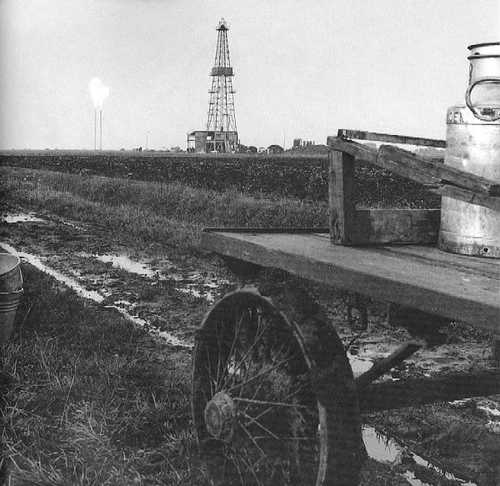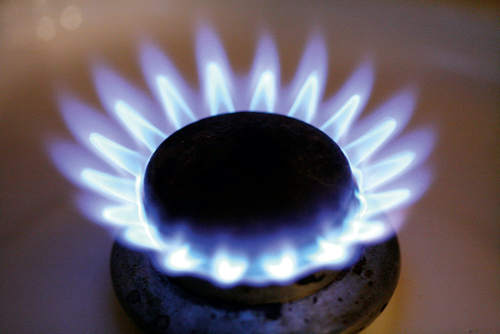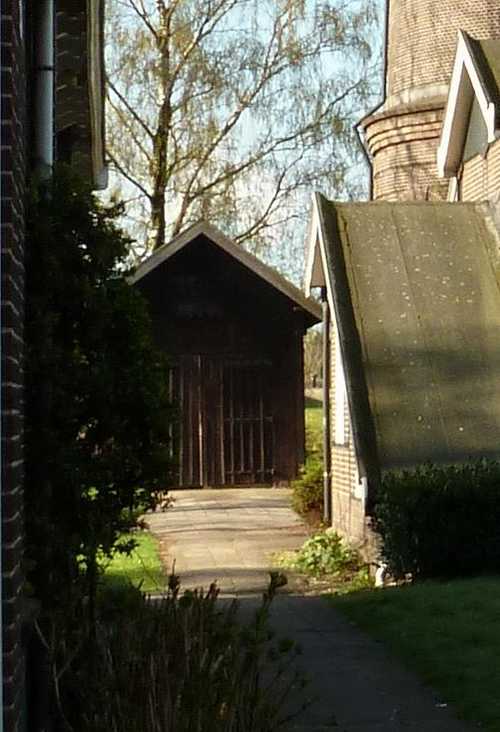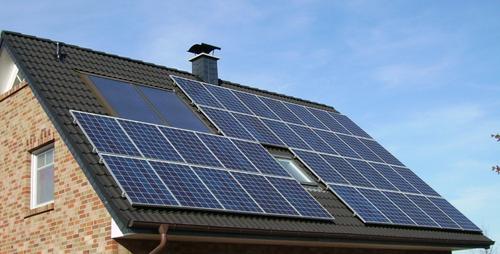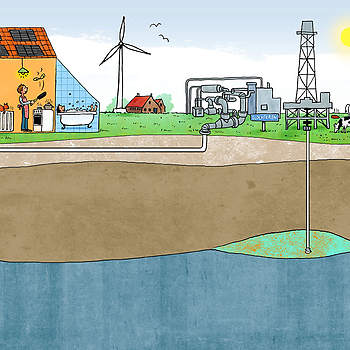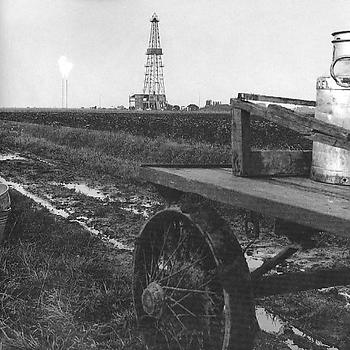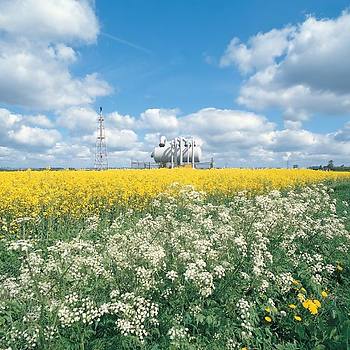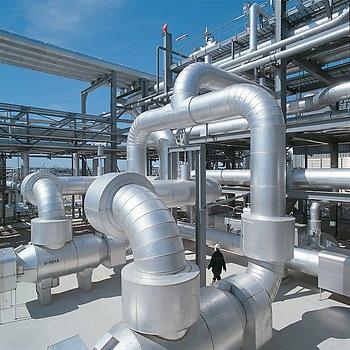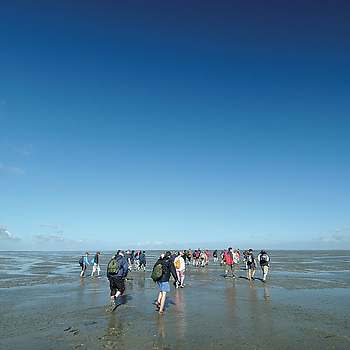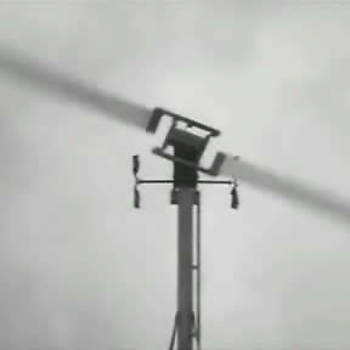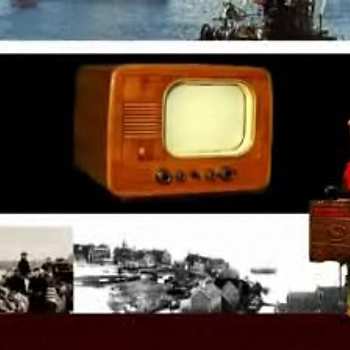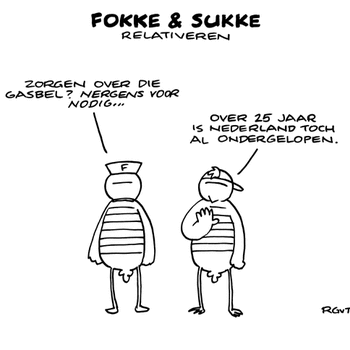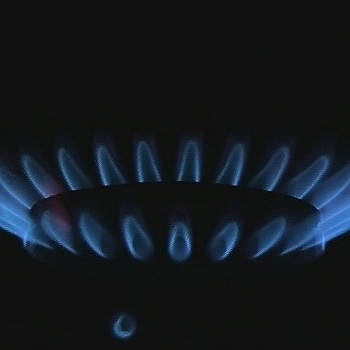It has been called the raft on which the Dutch economy and prosperity floats: the enormous gas field that was discovered in 1959 near Slochteren in the province of Groningen. It is estimated that more than 300 billion cubic metres of gas lie in the ground here: the second-largest deposit of gas known at the time. It is now known that the field contains 2800 billion cubic metres of gas. Thanks to this discovery, the Netherlands has gradually switched over to gas completely. Almost every household uses natural gas, and over ten thousand glasshouses and some five thousand businesses are connected to the natural gas network.
The so-called “gas pocket” is not actually a pocket. The gas is trapped in porous rock underground. It is sealed from above by a layer of impermeable rock (otherwise the gas would have escaped into the atmosphere long ago). As the gas is extracted, the rock simply stays where it is. And yet, during large-scale gas extraction, slight earth tremors may occur caused by underground subsidence, which can lead to cracks in walls or roads.
For the Dutch government, natural gas is a source of revenue. The state has a profit share. The price of natural gas is linked to the price of oil, and as the oil price continues to rise, so to do the revenues from natural gas. The question is: how long can the Netherlands continue to profit from this natural source of energy? According to the Nederlandse Aardolie Maatschappij (Netherlands Petroleum Company; NAM), that deals with extracting the gas, the reserves are sufficient for at least a further 25 years of high-level production. However, the NAM believes that it will gradually become more difficult to meet all obligations. Dutch and foreign customers would have to be served, in peak-demand periods as well, while the pressure in the Slochteren field is already reducing significantly. The technical problems involved in continuing to extract large volumes of gas from the field will become increasingly greater.
It is for good reason that the NAM would like to begin operations in new fields, including under the Wadden Sea, something to which some environmental organisations are violently opposed. Their objections are not aimed at the use of natural gas – it is a clean fuel – but rather at the disturbance of the tranquillity of the Wadden Sea, the most important nature reserve in the Netherlands – and at skyline pollution, and, in particular, subsidence in the area. The major lobbyist for the area, the Wadden Society, has agreed to operations being implemented with the proviso that this takes place under stringent conditions.
Future generations will be faced with difficult political choices. Can the Netherlands manage without revenues from natural gas? Can the country, if the worst comes to the worst, convert to alternative energy sources? Should the Netherlands import more foreign natural gas and store it in its gas fields? And as far as the Wadden Sea is concerned: does nature conservation deserve a higher priority than economic gain, are gas revenues more important than the environment or can the quality of the environment and gas extraction be combined in an acceptable manner?

